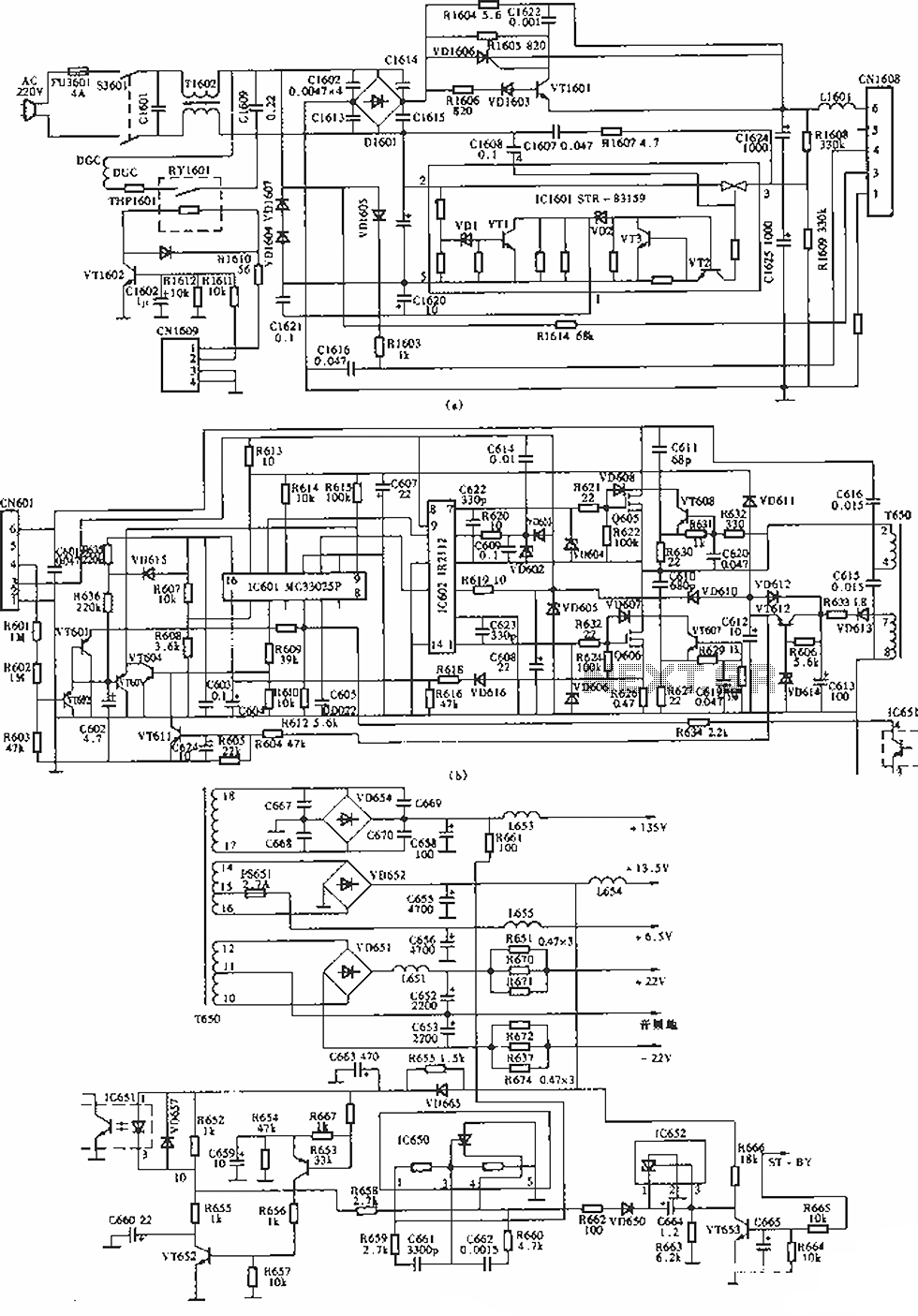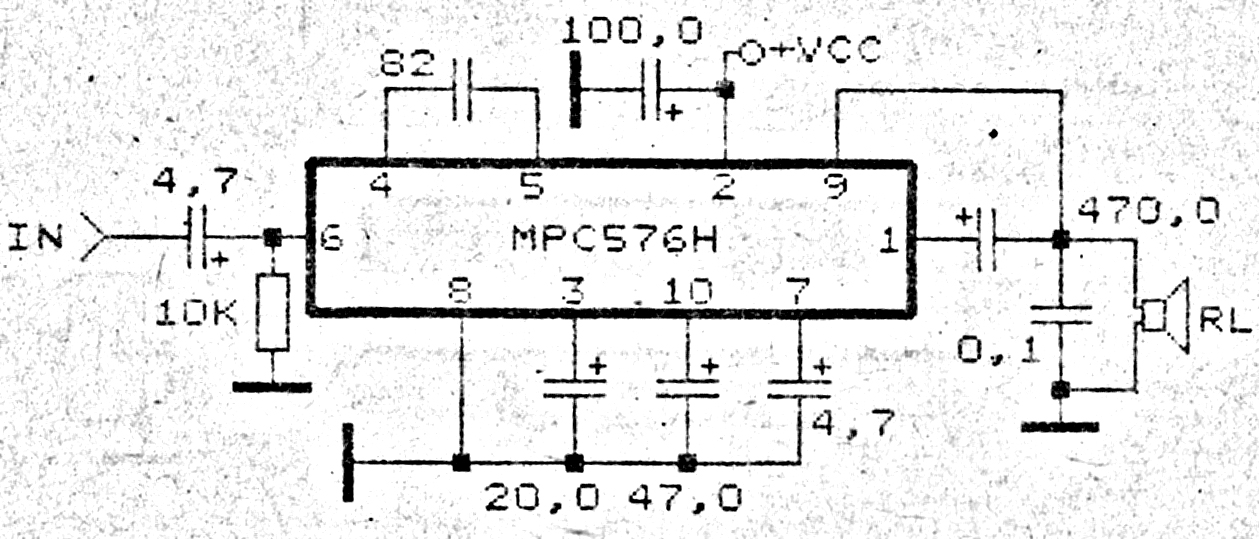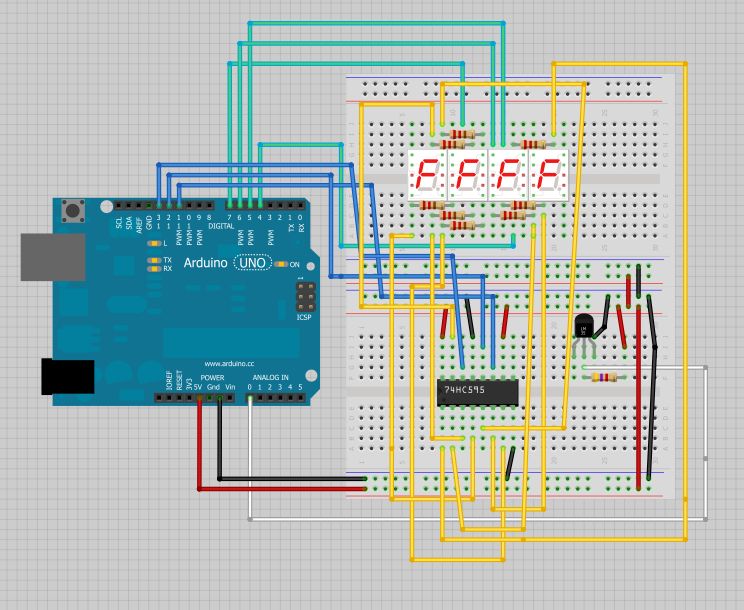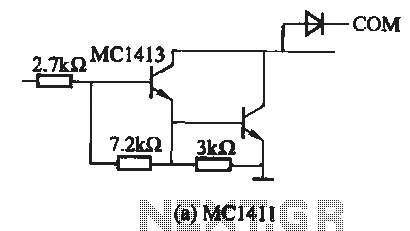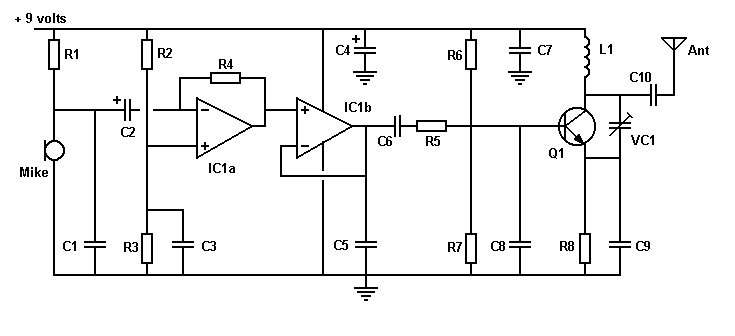
Relay Toggle Circuit Using a 556 Timer circuit
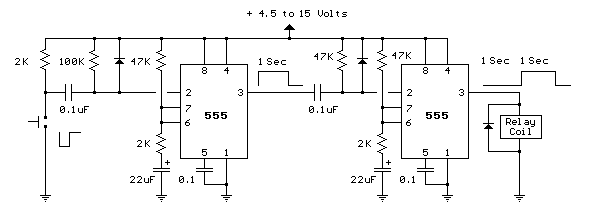
This toggle circuit utilizes two 555 timers configured as inverters. Pins 2 and 6 serve as the threshold and trigger inputs for the first timer, while pin 5 provides the output. The output at pin 5 will consistently reflect the inverse of the inputs at pins 2 and 6. Similarly, the output at pin 9 of the second timer will always be the inverse of the inputs at pins 8 and 12. A 100K resistor links the output of one inverter to the input of the other, ensuring that the state of one inverter is the opposite of the other.
The described toggle circuit leverages the versatility of the 555 timer integrated circuit, a popular choice for various timing and oscillator applications. In this configuration, the first 555 timer is set up in an astable mode, where it continuously toggles between high and low states based on the input signals applied to pins 2 (threshold) and 6 (trigger). The output from pin 5 thus reflects the state of these inputs, functioning as an inverter.
The second 555 timer operates similarly, with its output at pin 9 inversely related to the inputs at pins 8 (trigger) and 12 (threshold). The interconnection via a 100K resistor between the output of the first timer and the input of the second timer establishes a feedback loop. This feedback ensures that when the first timer's output is high, the second timer's output is low, and vice versa.
The circuit can be utilized in various applications, such as toggling between two states in a control system, generating square wave signals, or serving as a flip-flop in digital logic circuits. The stability and reliability of the 555 timer make it an excellent choice for this type of toggle circuit, allowing for precise control over timing and signal inversion. Proper consideration should be given to the power supply and the timing capacitor values to ensure the desired frequency and performance characteristics are achieved.This toggle circuit operates by using a couple 555 timers wired as inverters. Pins 2 and 6 are the threshold and trigger inputs to the first timer and pin 5 is the output. The output at pin 5 will always be the inverse of the input at pins 2 and 6. Likewise, the output at pin 9 of the second timer will always be the inverse of the input at pins 8 and 12. A 100K resistor connects the output of one inverter to the input of the other so the state of one will be the opposite of the other..
🔗 External reference
The described toggle circuit leverages the versatility of the 555 timer integrated circuit, a popular choice for various timing and oscillator applications. In this configuration, the first 555 timer is set up in an astable mode, where it continuously toggles between high and low states based on the input signals applied to pins 2 (threshold) and 6 (trigger). The output from pin 5 thus reflects the state of these inputs, functioning as an inverter.
The second 555 timer operates similarly, with its output at pin 9 inversely related to the inputs at pins 8 (trigger) and 12 (threshold). The interconnection via a 100K resistor between the output of the first timer and the input of the second timer establishes a feedback loop. This feedback ensures that when the first timer's output is high, the second timer's output is low, and vice versa.
The circuit can be utilized in various applications, such as toggling between two states in a control system, generating square wave signals, or serving as a flip-flop in digital logic circuits. The stability and reliability of the 555 timer make it an excellent choice for this type of toggle circuit, allowing for precise control over timing and signal inversion. Proper consideration should be given to the power supply and the timing capacitor values to ensure the desired frequency and performance characteristics are achieved.This toggle circuit operates by using a couple 555 timers wired as inverters. Pins 2 and 6 are the threshold and trigger inputs to the first timer and pin 5 is the output. The output at pin 5 will always be the inverse of the input at pins 2 and 6. Likewise, the output at pin 9 of the second timer will always be the inverse of the input at pins 8 and 12. A 100K resistor connects the output of one inverter to the input of the other so the state of one will be the opposite of the other..
🔗 External reference

